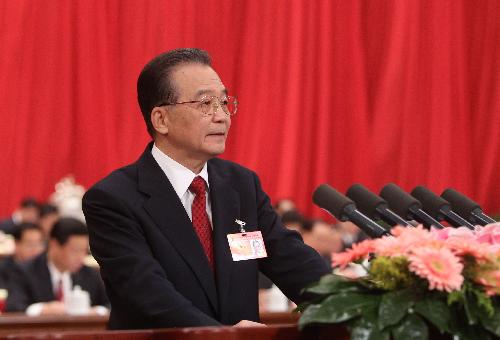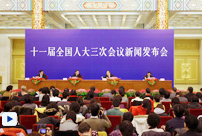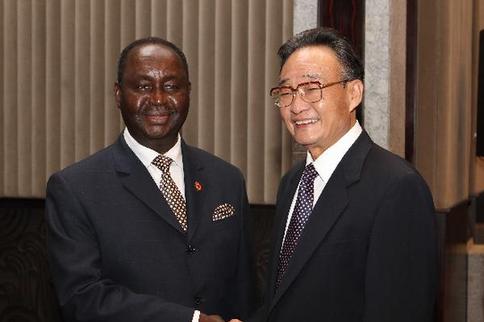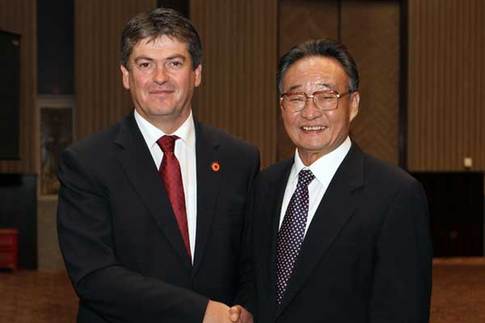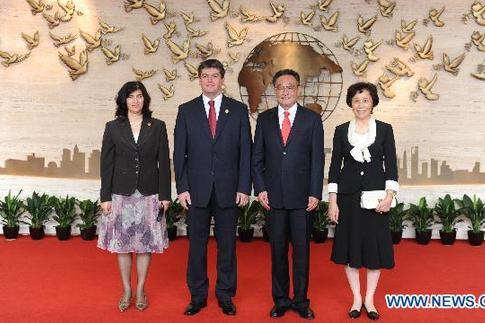Deemed to be the largest provincial-level economy in China in the past 22 years, Guangdong has set its annual economic growth goal at about 8 percent for the next five years, which is slightly higher than the national average though lower than the goals in many other provinces.
"We intend to place even more emphasis on transforming our economic development plan," Huang Huahua, the provincial governor, said in a recent interview.
Although the GDP of Guangdong has outgrown that of Singapore, Hong Kong and Taiwan, Huang cited several reasons why the current plan could prove unsustainable.
"External and internal demands are not well coordinated in the economic growth," he said. "The province is at the bottom and middle of the world's industrial chain and lacks important technologies and high-end talents."
"It faces remarkable constraints from both the environment and its supply of resources, and has a serious need to save energy and cut emissions," Huang said.
Aiming to be the leading province in innovation, Guangdong plans to spur domestic demand and hasten a transformation of its foreign trade and investment sectors, he said. Those changes are to take place from 2011 to 2015, the years covered by the province's 12th Five-Year Plan.
Huang Huahua is governor of Guangdong province. Huang said that according to a report by the Ministry of Science and Technology, Guangdong ranked second of all Chinese provinces in innovation in the past three years. He said the service sector should account for 48 percent of the province's GDP by 2015, while high-tech industries should contribute 26 percent of the value added to locally made products.
Authorities will continue to give encouragement to businesses engaged in the processing trade, which imports raw materials and makes them into products for export. That industry has been dealt a heavy blow by the global economic downturn.
Foreign-funded firms and processing trade enterprises in Guangdong generated 1.11 trillion yuan ($169 billion) in revenue in the domestic market in 2011.
Authorities will increase their efforts to attract foreign investment, particularly looking to large foreign economies and international business giants.
The province has attracted more than $250 billion in foreign direct investment in the past three decades, accounting for about 25 percent of China's total. But when measured by annual contractual and actually used foreign direct investment, it has been surpassed by Jiangsu province in recent years.
Pursuing green development, Guangdong authorities plan to have 75 percent of the sewage collected in provincial cities and towns brought to central plants for treatment and hope to ensure that more than 95 percent of the days in a year in all the prefecture-level cities meet specific air-quality standards. Both tasks are to be completed by 2015.
To that end, authorities will continue their work to save energy and cut emissions. The province can now obtain 34 percent of its power from clean sources. It also ranks as the first in China for the amount of nuclear-generation capacity it both has and has under construction.
The income discrepancy between urban and rural residents has been narrowed in Guangdong in the past five years. But authorities hope to narrow the divide even further and expect an 8-percent growth in both urban and rural annual incomes in the next five years.
